What is tank cycling?
“Cycling” is the process of growing good bacteria colonies in a tank which consume toxic fish waste and convert it into less toxic forms. The process of cycling a tank can take anywhere from 1-3 months, but can be hurried along by using bacteria supplements like Stability®.

It's not pretty up close, but large colonies of beneficial bacteria are vital for keeping a healthy aquarium
Why is cycling important?
When fish are kept in a tank that is not cycled, the fish become very stressed from a buildup of toxic waste and may die. This is often called “new tank syndrome”, and is among the most common causes of fish deaths in new tanks. Taking steps to speed the cycling process along and protect the fish from toxic waste is essential to prevent the death of fish in new tanks.
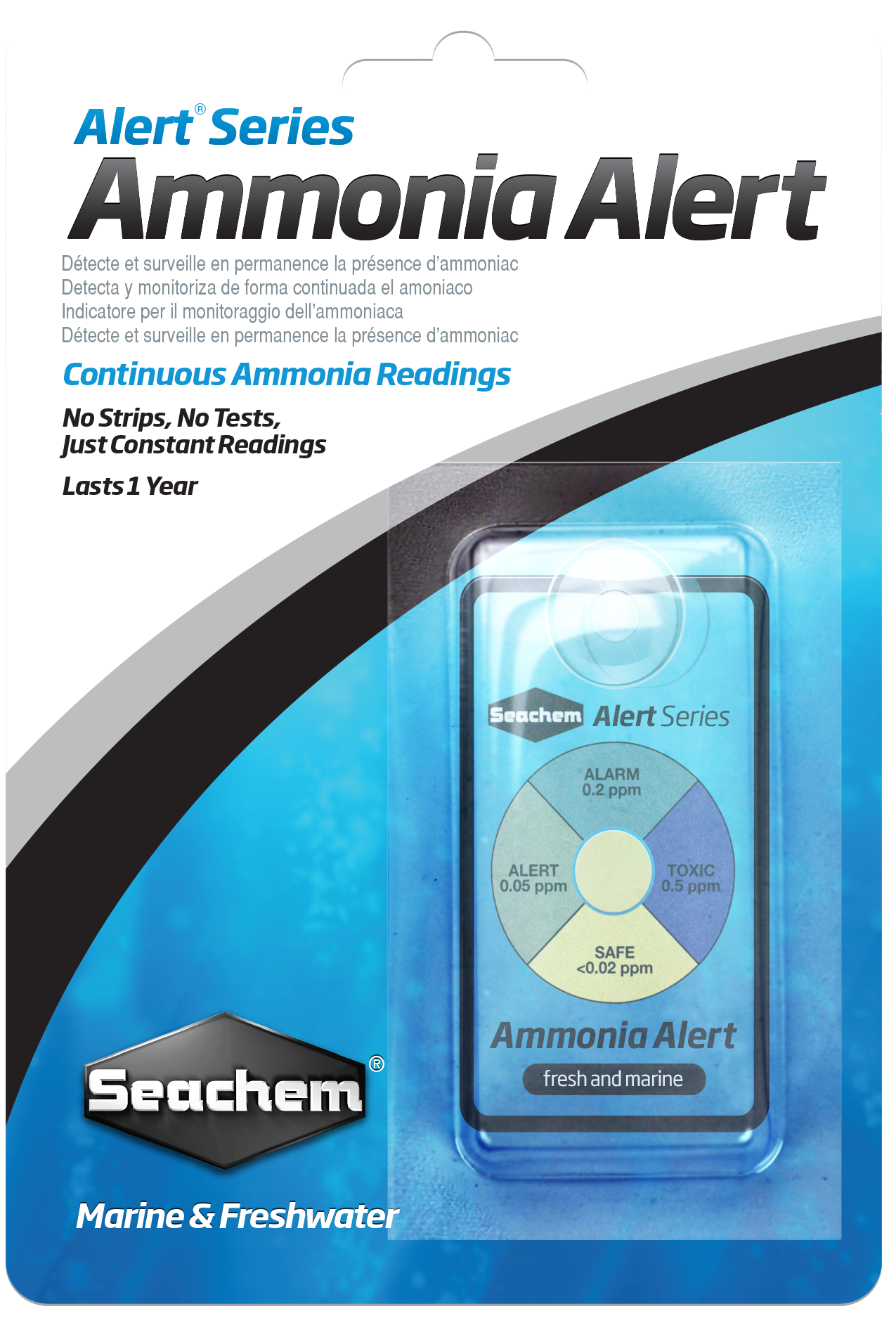
Chemicals like ammonia are produced in fish waste, and become toxic as they build up in the tank
What happens during a cycle?
A cycle starts with ammonia. Anything that rots in a tank will produce ammonia, and fish will produce plenty of ammonia in their urine and waste. It’s impossible to avoid adding ammonia entirely – if there is something alive in the tank, it’s producing ammonia. Ammonia is very toxic to fish, and is dissolved and invisible in the water – you can’t tell just from looking at your water whether your fish are in danger. To be certain whether or not you have ammonia in your water, it’s necessary to test for it using a test kit. We recommend the Ammonia Alert® or MultiTest™: Ammonia kit.

Once there’s ammonia in the water, the bacteria colonies that eat ammonia start to multiply and grow. When they’re just the right size, all of the ammonia in the tank gets consumed before the fish (or your test kit) can even notice it. The initial rise and fall of ammonia in the tank is called the “ammonia spike”, and is the first part of the cycling process.
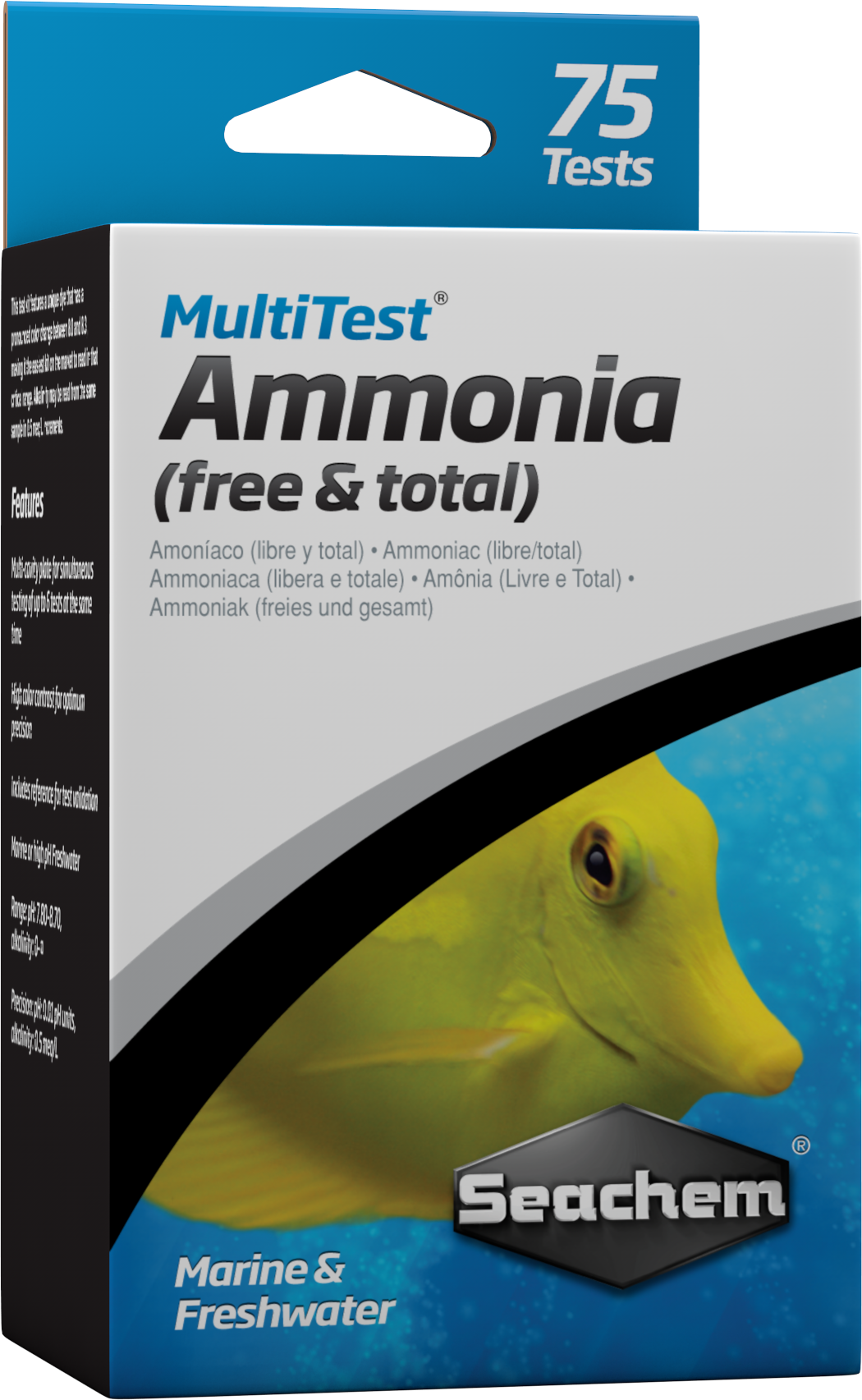
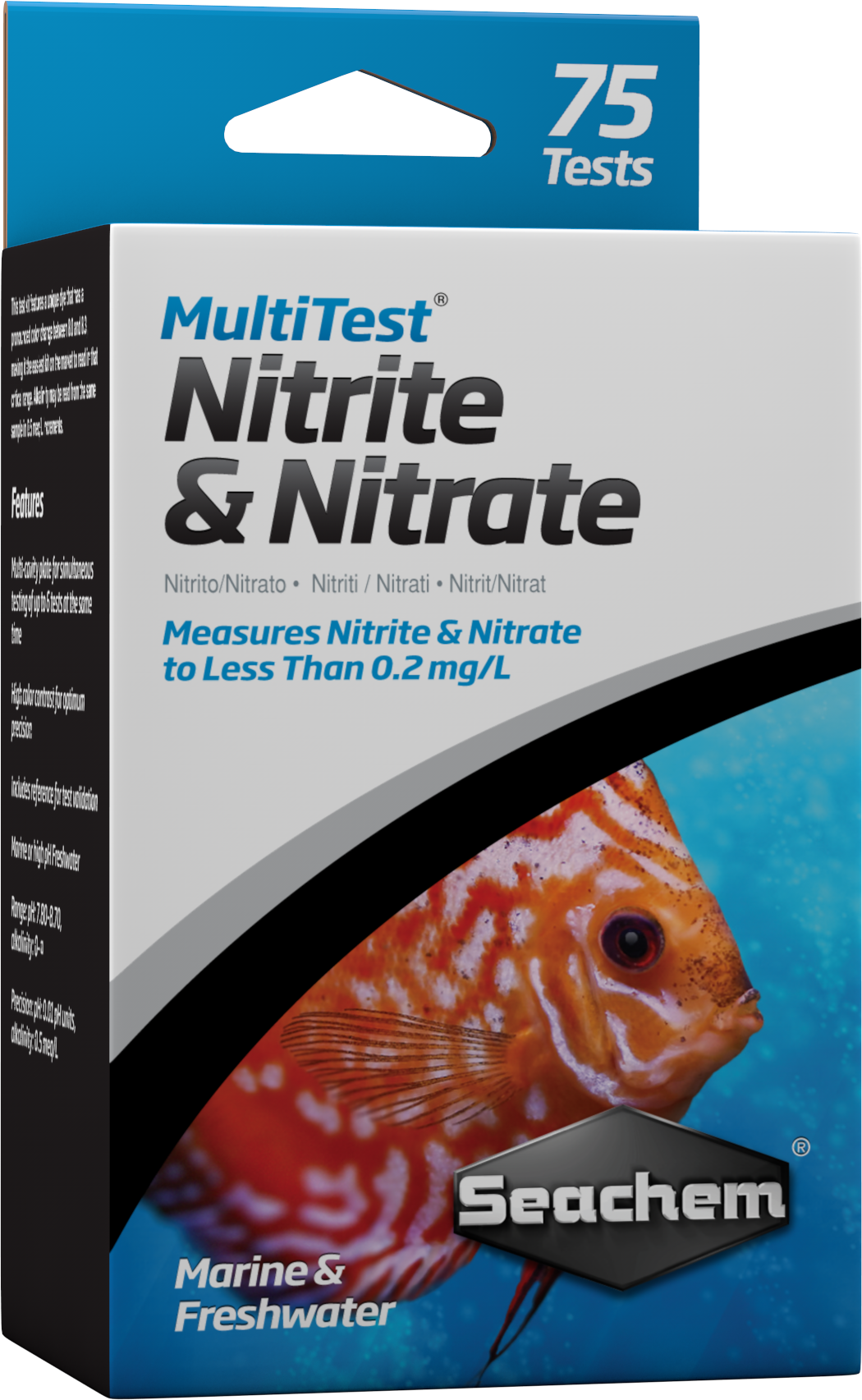
Test kits like MultiTest™: Ammonia and MultiTest™: Nitrite & Nitrate are helpful to track the progress of the aquarium cycle.
Unfortunately, ammonia-consuming bacteria colonies get rid of ammonia by converting it into nitrite, which is still very toxic to fish. As nitrite produced by the ammonia-consuming bacteria builds up in the tank, it can cause a condition called “brown blood disease” where the fish is unable to absorb oxygen out of the water. Just like ammonia, nitrite is dissolved in the water and is invisible to the naked eye. We can see that the fish is very stressed, but to be certain that it is nitrite that is causing the problem, we need a test kit like the MultiTest™: Nitrite & Nitrate kit.

Fortunately, there is a second kind of bacteria that consumes nitrite and converts it into nitrate (which is much less toxic to the fish). These bacteria colonies multiply and grow until the nitrite stays at 0 and the nitrate is steadily rising. The rise and fall of nitrite in the tank is called the “nitrite spike” and is the second part of the cycling process.

Nitrate (as mentioned) is much less toxic than either ammonia or nitrite, which is good because almost every aquarium has at least a bit of nitrate built up in the water. Different fish have different sensitivity levels, but it’s a good policy to keep the nitrate levels lower than 40 mg/l to avoid fish stress. There are a few methods that fishkeepers use to control nitrate, including water changes, specialized filter media, and live plants.
Check out Guide: Controlling Nitrate for more information on how to reduce nitrate levels in the aquarium.
What are Seachem®’s recommendations to ensure a quick, stress-free cycle of my tank?
In our opinion, there are five key factors to a quick and easy tank cycle
1. Steady water parameters
Neither fish nor bacteria colonies like water that suddenly changes pH, temperature, KH, GH, or any other water parameter. The bacteria colonies will grow best if you can avoid large water changes or water parameter swings while the tank is still cycling. To help control pH, we recommend buffer or buffers like Neutral Regulator® or Alkaline Buffer™ and Acid Buffer™.
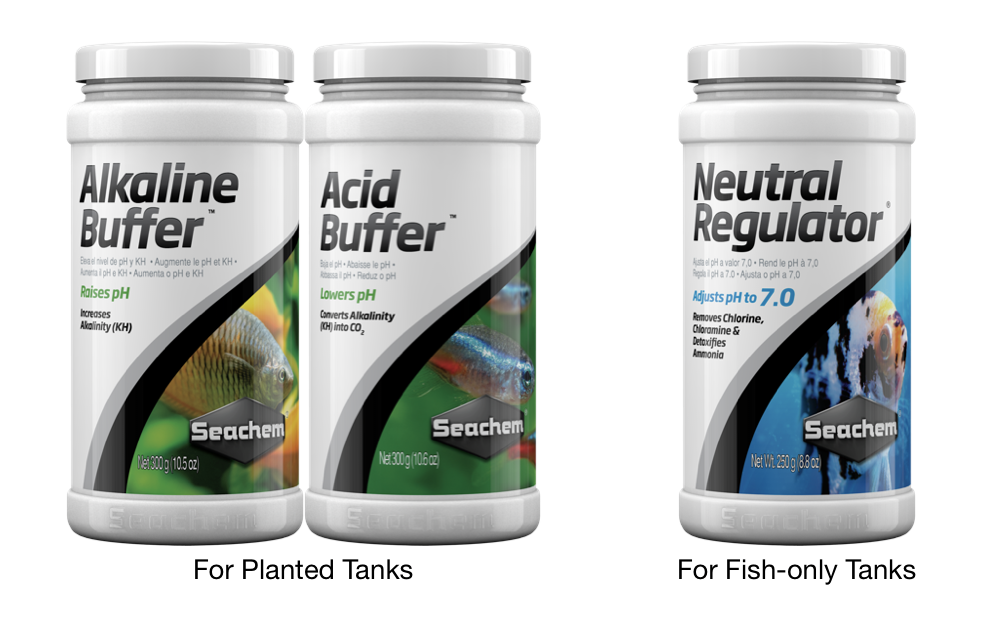
2. Steady source of ammonia
Bacteria colonies need food in order to grow. Ammonia doesn’t come from nowhere – it is necessary for the fishkeeper to add some steady source of ammonia to feed the growing bacteria colonies. There are three popular ways to add ammonia into a cylcling tank
Fish-less cycle with ammonia
It’s possible to get a pure source of ammonia and add a small amount to the tank every day for the beneficial bacteria colonies. This source of ammonia is added daily until the bacteria colonies are seamlessly converting it into nitrate, at which point the fish are added. This is the “cleanest” method of tank cycling, but is the most difficult since it relies on the fishkeeper to find a good source of ammonia and monitor the levels in the tank.
Fish-less cycle with fish food
If you prefer a more DIY approach, it is possible to simply add a small pinch of fish food to the tank every day, allowing the bacteria colonies to break down the food to produce ammonia. This method tends to produce a few more “organic” side effects (slimy film, detritus, algae, etc.) but is excellent if you don’t have access to pure ammonia for cycling
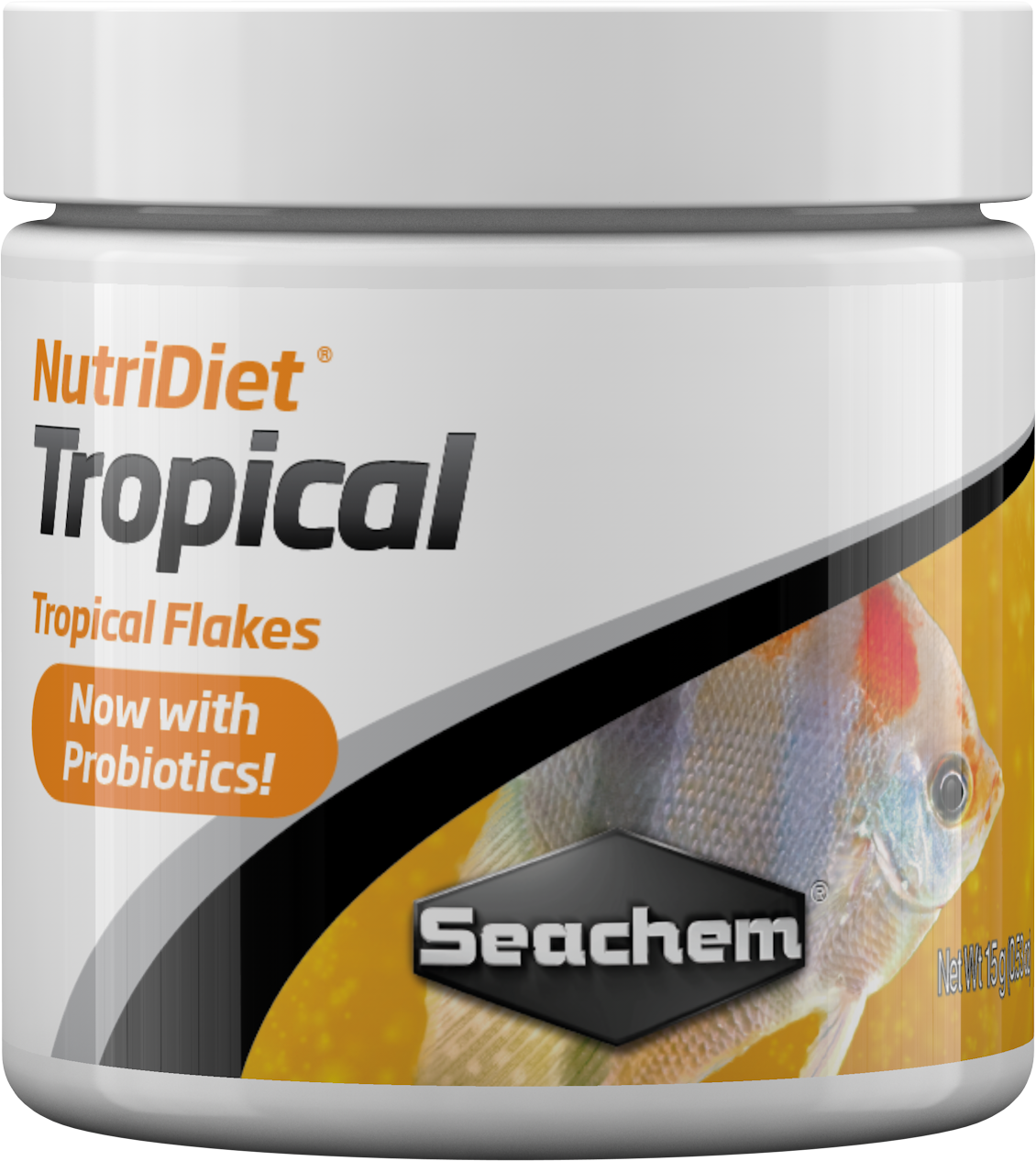
A tiny pinch of fish food every day will feed developing bacteria in an aquarium
Fish-in cycle
This method involves simply adding a small number of hardy fish for your tank which will produce ammonia to feed the bacteria colonies. If you chose this method, it will be important to keep the ammonia and nitrite detoxified through regular additions of a water conditioner like Prime®.
![]()
See Prime® FAQs and Information for more info about Prime®
3. Plenty of space
Sometimes, the amount of surface area in the gravel is simply not enough to support the amount of bacteria needed to cycle the tank. For this reason, it’s important to have plenty of bio-media in your tank. We recommend Matrix™ for its extremely high surface area able to support multiple kinds of bacteria.
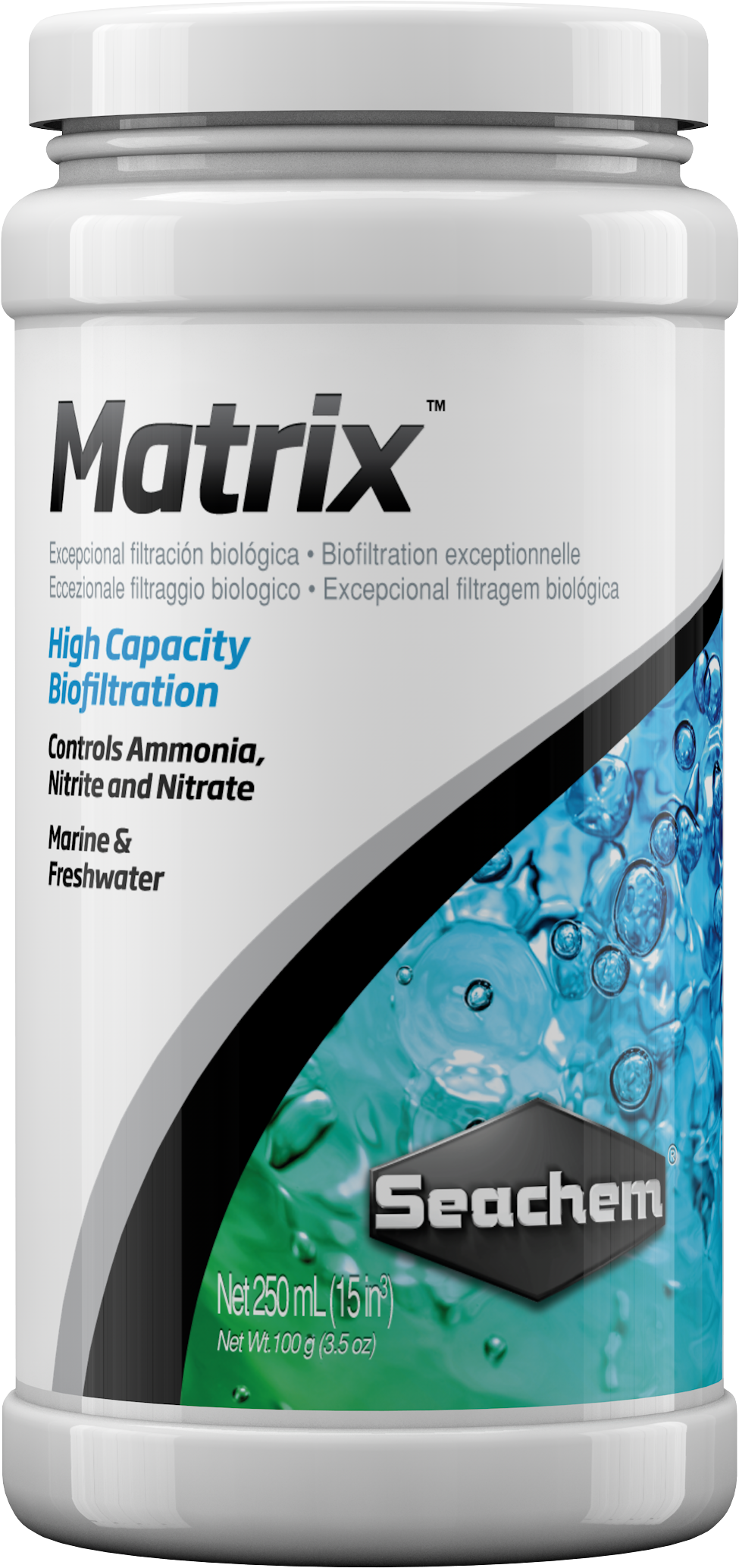
See Matrix™ FAQs and Information for more info about Matrix™
4. Beneficial Bacteria Supplements
Not all forms of bacteria are equally suited to the tank environment, so it can be extremely helpful to supplement bacteria strains that are hardy, adaptable, and aggressive in their removal of ammonia and nitrite. For this purpose, we recommend dosing Stability® every day for the first seven days, and then any time something happens in the tank that could disturb the bacteria colonies.
![]()
See Stability® FAQs and Information for more info about Stability®
5. Ammonia and nitrite detoxification
As we touched on in the fish-in cycle, it’s important to protect any tank inhabitants from ammonia or nitrite in the water. For this, we recommend adding Prime® or another ammonia detoxifier like AmGuard™ every other day to keep the ammonia and nitrite bound up into a nontoxic form. PLEASE NOTE: When dosing Prime®, the ammonia and nitrite are still present in the water and will show up on a test kit, they will simply be bound up into a form which is nontoxic to the fish. Prime® can be overdosed by up to 5x the recommended amount for elevated levels of ammonia or nitrite, but we recommend ensuring that you have good filtration if you intend to do a dose this high.
![]()
See Prime® FAQs and Information for more info about Prime®
I'm still a bit confused. Do you have a sample timeline for what I can expect out of my tank cycle?
We sure do! We've attached a sample tank cycle to give you an idea of what a cycle might look like. Keep in mind that this is no guarantee of what you will see in your tank - it is only intended to give an example of what an aquarium cycle might look like. Do not be surprised if your cycling process takes longer or if your ammonia and nitrite spikes are not as "neat" as you see in the sample timeline.
Check out some of our other articles on aquarium care!
Preparing Water for Freshwater Aquariums
Dealing with Aquarium Clouding
Caring for the Freshwater Tank
0 Comments